Trees beautify the ambiance, provide oxygen, and protect us from wind shear, harsh sunlight, and stormwater runoff, which reduces erosion and pollution. So, there is no practical reason to actually cut a tree unless it has been infested by insects and pests, causing it to fall automatically.
At times, a partially fallen tree can cause more damage to passers-by and may not be safe when bacterial, fungal, or other viruses start infecting other trees in the vicinity.
You must also be concerned about roots or branches near your home foundation destroying walls and other structures. In such cases, it would be best to use a chainsaw and cut down the tree or hire a professional who could help you.
Tree-Felling
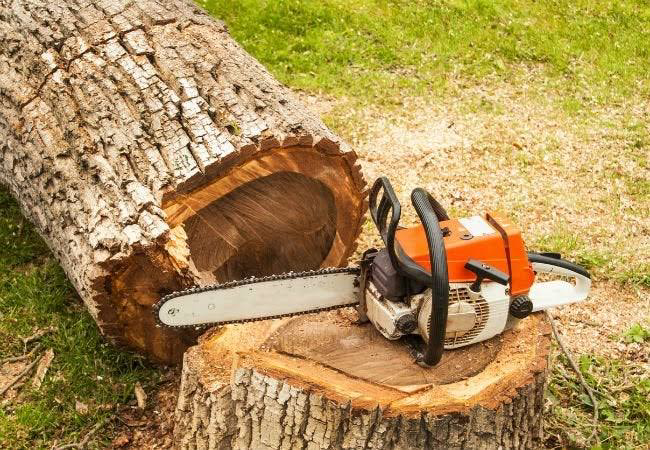
The act of cutting down or felling trees needs proper technique and can be quite labor-intensive. So unless you have the required equipment, safety insurance, and a real reason to chop down a tree, leave the dangerous task to experts.
However, if a tree is damaged or causing unsafe conditions, use a powerful chainsaw and equip yourself with safety gear before undertaking this monumental task. Read on to understand the steps that will guide you to cut trees effectively without causing damage to yourself and your property.
Cutting Trees Using a Chainsaw
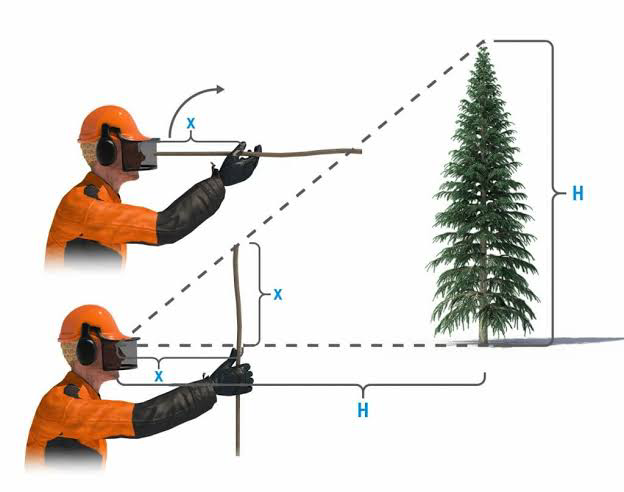
Step 1: Planning and Preparation
Before you decide to go around cutting trees, get the proper permits to ensure you do not violate any environmental regulations. You might need to assess the tree’s condition and observe details like broken or loose branches and dead or diseased parts before proceeding.
If the tree has not fallen on your property, look around for buildings, electric wires, fences, or other obstructions that may come in the way or get damaged by cutting the tree.
Step 2: Get Safety Gear and Supplies
To ensure maximum safety, determine the tree-felling plan by assessing its load and lean. You can also remove dying or broken branches to avoid them falling on you. Now, get the area ready and gather the remaining supplies.
In addition to a chainsaw, you will need felling wedges, a hard hat, work gloves, a logger’s helmet, earmuffs, a face screen, safety glasses, and footwear with Kevlar chaps (to avoid dropping a chainsaw bar near your leg accidentally or learn how to tighten a chainsaw chain properly).
Step 3: Clear the Felling Zone
Once you size up the tree, estimate the felling zone and the direction of lean to determine the path that can be cleared in advance. If the tree is near a sidewalk or crowded area, cordon off the space where the tree is expected to land. Also, plan an escape route to prevent hazards and be attentive to dodge any disasters.
Step 4: Determine the Felling Plan
After clearing the cutting area, clean bushes around the tree base that may get in your way. Now mark the notch to one-fifth depth of the trunk’s diameter, which will create a hinge and guide the tree to fall in the desired direction. For trees with huge trunks, use polymer or metal wedges to avoid your chainsaw getting pinched midway.
Step 5: Understanding Different Cuts
Before you decide to power up your chainsaw, ensure the direction of fall is at a 45-degree angle. Clear the opposite path accordingly to check there are no overhead branches.
The first open-notch cut is made at a 70-degree angle, facing the direction in which the tree is intended to fall. Then, tilt the chainsaw to make a downward 60-degree angle cut, removing the wedge. You can also use a conventional 45-degree angle notch cut that is effective for trees prone to splitting.
Once you make this traditional cut, stop one-fifth of the way and carefully proceed to cut upwards to make a 45-degree Humboldt notch cut that will enable you to remove a wedge from the tree.
Step 6: Notch and Cut
Now that the notch is made, move to the opposite side to make the back or ‘felling’ cut. The first cut is intended in the direction you want the tree to fall. The second is a horizontal incision intended to weaken the tree, followed by a final felling cut.
Once the tree is cut down and placed safely on the ground, start limbing, i.e., removing remaining branches by making offsetting cuts. You can then proceed to bucking, which will cut the trunk into wood logs.
Final Thoughts
Now that you have been through this comprehensive guide on how to cut trees like a pro, use all safety gear and felling equipment to aid you in the process.
For ultimate safety, you can ask some neighbors or people in your locality to keep watch while you undertake this monumental task. If you are unsure of managing independently, hire a professional or call an expert who cuts down trees for wood regularly.
Once the tree felling is complete, clean the space properly and discard dried leaves, broken branches, and other components. If you have chopped the trunk into logs, use weathering techniques to safely store wood that can be used for your fireplace during cooler months.
Frequently Asked Questions
What Safety Precautions Need to Be Followed While Using a Chainsaw?
Before you power a chainsaw, check controls, handles, bolts, and chain tension to ensure everything functions properly. Also, wear adequate safety gear before you start cutting.
How Do You Safely Store Firewood Cut from A Tree?
Firstly, pick up wood from the floor before it moistens. Stack it onto a rack and store it outdoors. Partially cover the wood logs and overlay them with a plastic or metal sheet.
Be sure to check out these other posts for comprehensive guides and tips on tree felling, chainsaw usage, and maintaining safety while working with trees:

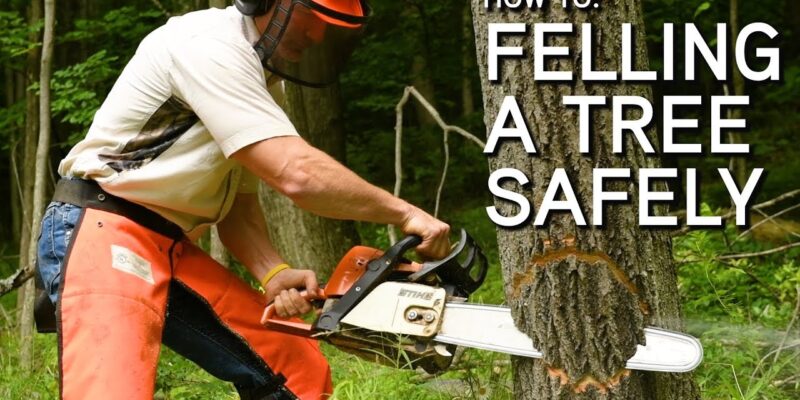

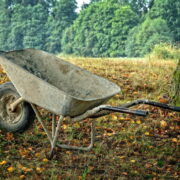


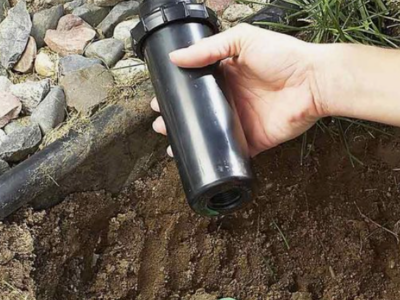
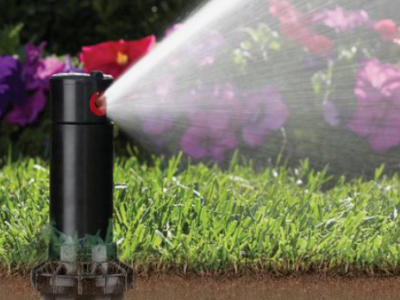


Comments